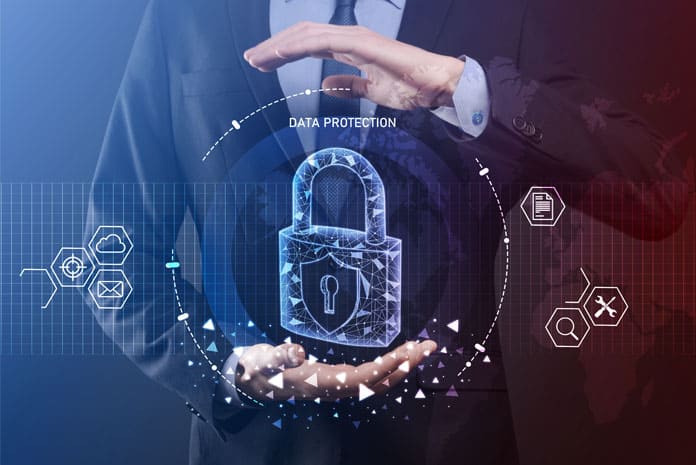By Uma Pendyala, Head Business Ops, SecurEyes
In an era where our lives are intricately woven into the digital fabric, the significance of the Safer Internet Day cannot be overstated. It serves as a poignant reminder of the collective efforts required to ensure a safer and more secure online environment.
The theme for this year’s Safer Internet Day, “Together for a better internet,” resonates deeply with our mission at SecurEyes. In a landscape constantly evolving with technological advancements, the need for collaboration, awareness, and proactive cybersecurity measures has never been more crucial.
The evolving threat landscape
The digital landscape is both vast and intricate, offering unprecedented opportunities for innovation and connectivity. However, it is also rife with potential threats that can compromise the security and privacy of individuals, businesses, and even nations. Cybercriminals are becoming increasingly sophisticated, employing advanced techniques to exploit vulnerabilities in our interconnected world.
Just as personal hygiene is essential for physical well-being, cyber hygiene is crucial for safeguarding digital assets. As part of Safer Internet Day, we encourage everyone to adopt and promote good cyber hygiene practices.
Here’s a guide to cultivating good practices that can enhance our online safety.
1. Password management:
Begin with the basics—create strong, unique passwords for each account. Use a combination of uppercase and lowercase letters, numbers, and symbols. Consider employing a reputable password manager to keep track of your credentials securely.
2. Regular Software Updates:
Keep your devices and software up to date. Software updates often include security patches that address vulnerabilities. Set your devices to update automatically to ensure you’re protected against the latest threats.
3. Be sceptical of emails and links:
Phishing attacks are prevalent, and cybercriminals often use emails or links to trick individuals into revealing sensitive information. Be cautious when clicking on links, especially if the email seems suspicious or unexpected.
4. Two-factor authentication (2FA):
Enable 2FA whenever possible. This adds an extra layer of security by requiring a second form of verification, such as a code sent to your phone, in addition to your password.
5. Social Media Privacy Settings:
Review and adjust your privacy settings on social media platforms. Limit the information visible to the public and be mindful of the content you share. Cybercriminals often exploit personal details for targeted attacks.
6. Educate yourself:
Stay informed about the latest cybersecurity threats and best practices. Many organizations, including SecurEyes, offer educational resources and workshops to enhance your cybersecurity knowledge.
7. Secure Your Wi-Fi Network:
Ensure your home Wi-Fi network is password-protected and uses strong encryption. Regularly update the router’s firmware and avoid using default login credentials.
8. Backup your data:
Regularly backup your important files and data. In the event of a cyberattack or hardware failure, having a recent backup ensures you won’t lose valuable information.
Cybersecurity is a shared responsibility that extends beyond individual efforts. Collaboration between individuals, businesses, and governments is paramount in addressing the complex challenges posed by cyber threats. As a leading cybersecurity company, we actively engage with stakeholders across sectors to foster a collaborative approach to cybersecurity.
On this Safer Internet Day, let us reaffirm our commitment to working together for a better and more secure internet. By sharing knowledge, adopting best practices, and embracing a collective responsibility, we can build a digital future that is resilient, inclusive, and safe for all.














